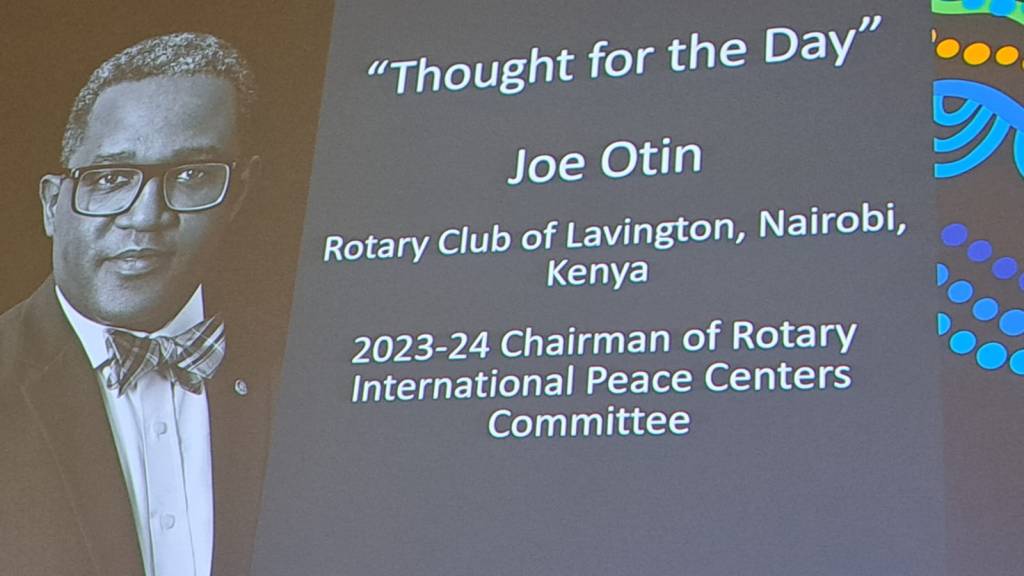To be human is to err, but it takes technology to really screw things up. Life was simpler before the internet, when staff could work through power interruptions and still get things done. Today, when there is a power-cut, a large proportion of our productive workforce will do the mannequin challenge all at once. The mannequin challenge is a viral Internet video trend where people remain frozen in action like mannequins while a moving camera films them.
The digital revolution has however brought about some of the biggest benefits to productivity since the invention of sliced bread. It has also created a new type of celebrity called social media stars who thrive from reaching audiences outside of traditional media channels. They create their own content and distribute it through social networks with more of a pull, rather than push, media strategy as people tend to look for them rather than the other way around.
Their value as social media influencers is calculated by the number of fans and followers that they have, and not by the quality of those audiences — referring to the type of people (and robots) that yearn for their content. In reality their influence should really be determined by the impact that they have on the ground in regards to the uptake of brands and enrollment to causes.
Enter the red herrings, or those ‘haters’ that continuously appear on your time line and criticize everything you have to say or share. From their mode of delivery they appear smart and well educated, even though they spend an inordinate amount of time breaking down your content so that they can poke holes into it.
By nature these red herrings are anonymous, giving nothing away about their real identities and therefore they tend to flock on Twitter which allows them to swarm freely. The origin of the term red herring came from the 15th century when fugitives would use smoked herring meat to put bloodhounds off their scent.
The social media red herrings have the ability to take you off your agenda based on their sense of self importance that mimics social media stars with large constituencies, but when you review their followers, you’ll find either a tiny number or people with names that sound like complex passwords — lengthy, and with a mix of letters, numbers and special characters. No significant amount of real people are listening to them and their agenda is to distract your attention and alter your course.
Your social media strategy should be based on having long term effects on your target audiences so that they behave favourably to your brand, and the results will be measured by the impact your initiatives have on the ground. Short term tactics that you may employ under the overall strategy require instant feedback from your audiences which help to make multiple decisions quickly, hence the need for social listening.
However, as you listen to your audiences, spend time understanding who these audiences are, how influential they are, and whether they truly reflect the perspectives of the masses.
Recently in Kenya there has been an increase of these red herring accounts which appear to be focused on political activity. They pour vitriol on every other politician apart from one, whom they adore unconditionally. When you review these social media profiles, you find that they fit the bill; anonymous, limited followers, and tend to stick onto trending issues like parasites.
However, before you get entirely distracted, take comfort in the words of Jeff Graham from Twitter who told us at a conference a couple of years ago that the social network has running initiatives to clean out their servers of fake accounts and robots. We can therefore predict that these annoying ‘haters’ will disappear soon after the elections are over.





Leave a comment